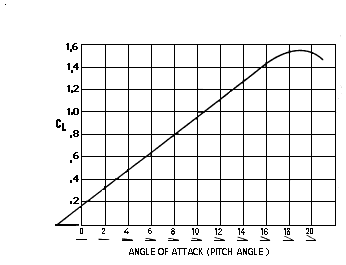CFD Study of Traditional and Wing Sails.
These series of blog posts will contribute to understanding how traditional profile works and what gives thick profile superiority. In our CFD (Computational Fluid Dynamics) simulation study we compare two identical outer profiles, with one difference, one is thick and another is thin. Also we explore every 10 degree angle of attack, starting from 50 to 10 were apparent wind remain constant at 35 Kt. Before begin discussion, I would like to address previous designs of wing sail that have been built by sailmakers and enthusiasts. The only designs that I've seen in the past are teardrop profile and fully symmetrical profile with flap, similar to AC cats.
#1 Teardrop profile.

Teardrop profile has been executed by quite a few people and probably it was much better in wind range, but it didn't give top end speed performance due to pressure drag.
Here is why:

While outer surface produces sufficient amount of lift, due to excessive thickness the leading edge accumulates head on pressure. This pressure will built up with apparent wind increase, acting as a natural brake. Also notice pretty low air velocity, max 25 m/s. Very typical for thin profiles.

We had pressure drag problem in the very beginning of our R&D cycle when our profiles were built with very aggressive leading edge curvature. We were trying to achieve max lift/area ratio. It did work well on steep downwind angle runs, but at other angles sail was significantly slower.
In my next post we will take a look at fully symmetrical profile used in Americas Cup and some windsurfing prototypes in the past.



















